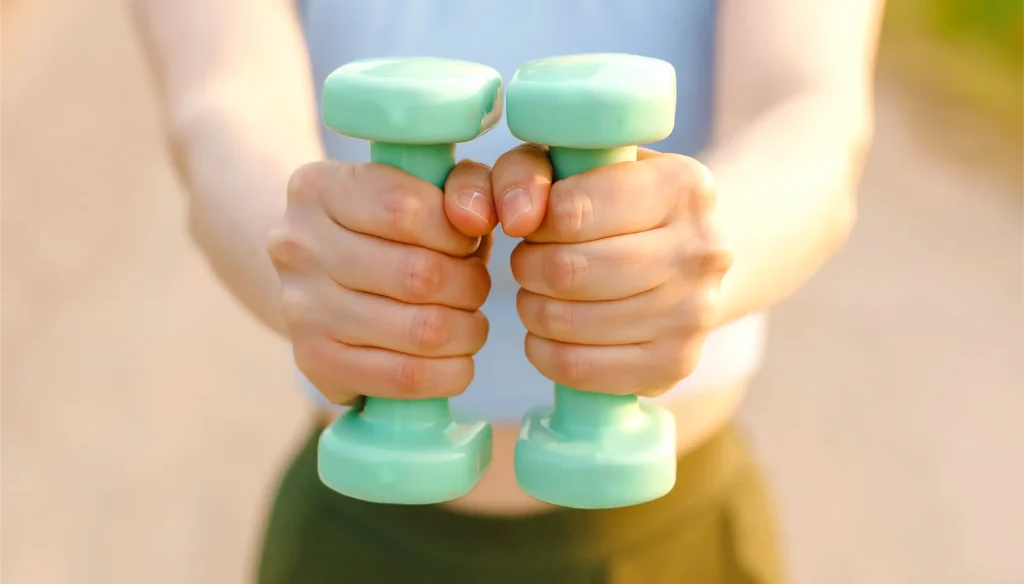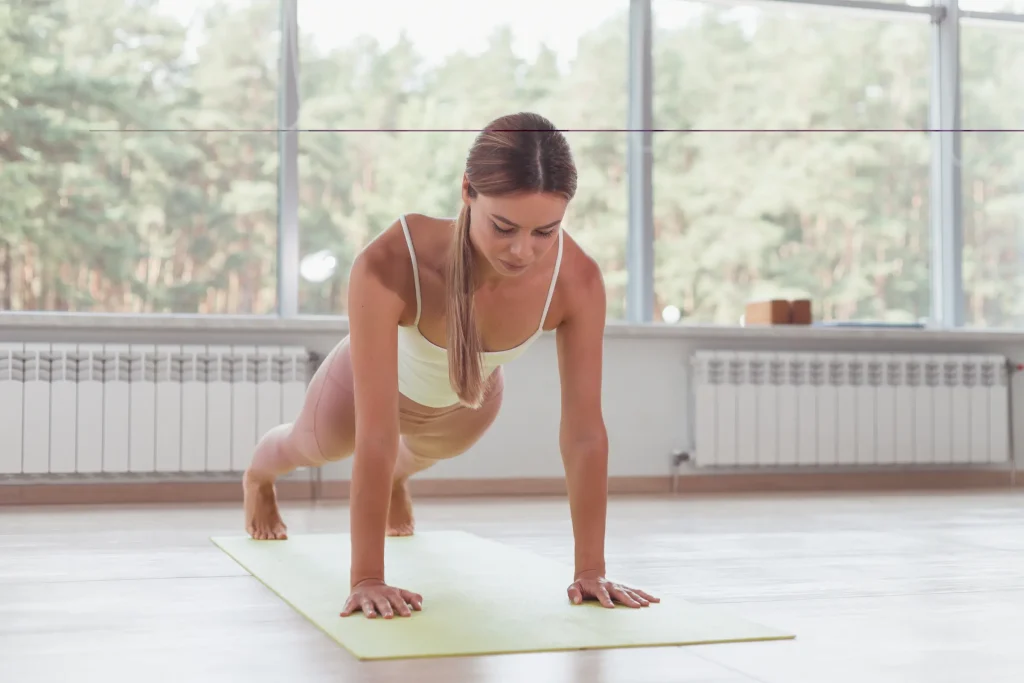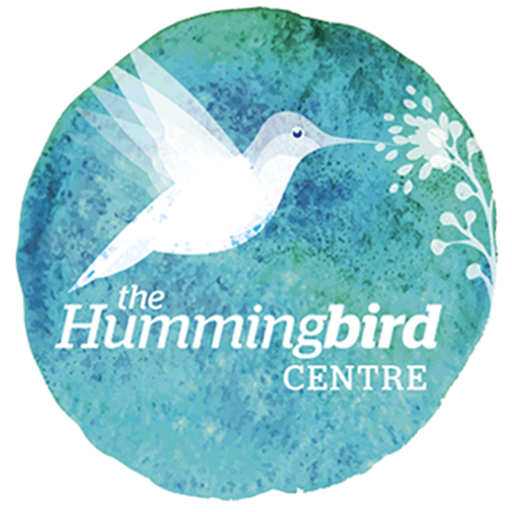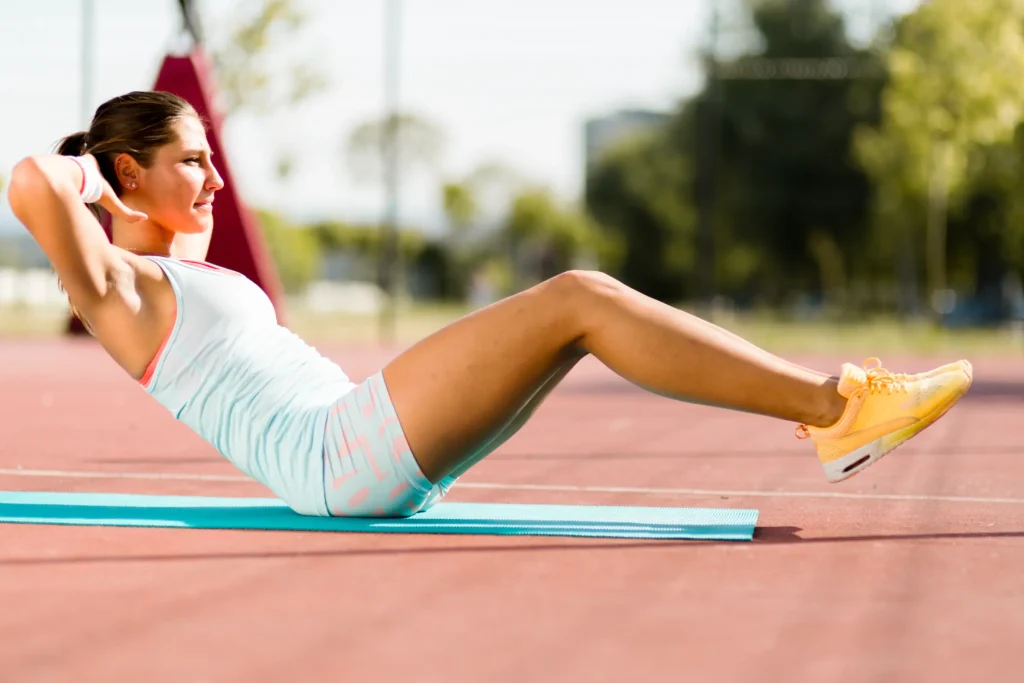What the COVID-19 lockdown taught me about disordered exercise
Trigger warnings: Eating Disorders, Exercise Compulsion
At the start of the first COVID-19 lockdown, I, like thousands of other Australians, found myself panicking as it was announced that gyms were to be closed. Heading to my local sports store I looked over the empty shelves in dismay, worrying about how I was going to be able to recreate the gym experience at home. “It’s for my mental health”, I rationalised to myself, “It makes me feel good”. This is true, of course – regular exercise has long been validated as a way to increase emotional and mental wellbeing, bolster self-esteem and alleviate symptoms of anxiety and depression. However, exercise can have a dark side too; compulsive exercise (referred to by some as exercise addiction) can have serious physical health effects and is an acknowledged risk factor in eating and body-dysmorphic disorders in both men and women.
In pondering my frustration and panic over the gym closures, I was also intrigued to find myself critically reviewing options such as walking, jogging and at-home yoga as not being sufficient enough to get me through the coming months. This was a light-bulb moment for me; as someone that considers themselves an informed advocate of Intuitive Eating and inclusive exercise principles, it was more than a little shocking to realise my relationship with exercise might not be as balanced as I had thought. Whilst it’s true that more intense exercise such as lifting weights can cause bigger rushes in endorphins, it’s also true that high intensity exercise can result in increased feelings of pain and negative affect – not to mention, serious injury. As such, I decided I needed to re-evaluate the role exercise plays in my life, and where I might need to be more aware of disordered thought patterns.
"Any evaluation of our own food/exercise relationships needs to be done kindly, and with compassion towards ourselves."

However, it is important to acknowledge that the relationships we have with food and exercise are greatly influenced by the culture we live in, and any evaluation of those relationships needs to be done kindly, and with compassion towards ourselves. We live in a society that is entrenched in diet culture and is completely sports-mad. In recent years, we’ve seen huge upticks in messages that equate exercise intensity with worthiness, from social media fitness influencers spruiking ideas that #strongisthenewsexy, growing numbers of Crossfitters and Mudrunners, the development of high-altitude training centres and TV shows like Ninja Warrior. Our bodies have moved from a means of production that allowed us to hunt for food and till the land, to products themselves that require rigorous, strict and intense regimes to maintain. It is therefore unsurprising that for many, exercise is not seen purely as a way to move and connect with our bodies, but as a way of meeting pre-determined aesthetic or physical ideals – many of which may be unsustainable or unachievable for our body types. The expectations we place on exercise can therefore create a dangerous overlap between movement and worth; if we aren’t going hard, we aren’t living up to the standards our ‘best self’ can achieve. This type of dichotomous thinking can lead to increases in disordered eating patterns, such as thinking you need to ‘earn’ your food through exercise, and exercise burnout, characterised by a number of adverse effects including physical pain and fatigue, mental exhaustion, demotivation to exercise, decreased self-esteem and feelings of failure.
So, how do we find a balance? As with most big changes, the first important step is to increase our awareness about the issue at hand. It might be helpful to ask yourself the following questions about your current exercise and movement routines:
Do you:
- Feel anxious or worried at the thought of not being able to exercise intensively?
- Use your exercise levels to determine what you can eat?
- Exercise when you are tired, unwell or in need of rest?
- Feel guilty or shameful if you don’t exercise?
- Only choose movement that has aesthetic pay offs?
- Only exercise when you want to lose weight?
- Dismiss pleasurable movement (dancing, yoga, walking) a ‘real’ exercise?
If you answered yes to any of these questions, you may benefit from re-evaluating your relationship with exercise from a ‘joyful movement’ standpoint, which promotes engagement in pleasurable physical activities that offer holistic benefits to our bodies and minds. Questions you can use to assess your own joyful movement include:
- What forms of movement help me reduce stress?
- What forms of movement do I find genuinely pleasurable and enjoyable?
- What forms of movement allow me to connect with others?
- What forms of movement increase the connection between my mind and body?
- What forms of movement are sustainable for me; time-wise, intensity wise and enjoyment wise?
- What forms of movement have I always wanted to try? And why haven’t I tried them?

For myself, the most exciting thing to play with was my sense of joy and how the movement felt physically, mentally, emotionally (sometimes even spiritually) within the moment. During lockdown, the gym was replaced by dancing in my room with wild recklessness applied to grace and form (!), and the joy of meeting different neighbourhood dogs out on long, dusk-lit walks in the reserve near my house. As restrictions began to ease, I found myself drawn to slower forms of group movement – yin yoga has now become a staple due to its ability to clear my mind and calm me when I feel stressed. In time, I also went back to the gym, but the relationship between myself and the weights has shifted dramatically. I now plan workouts based on what feels good that day, rather than on pre-set strength goals. I listen to my body when it tells me it needs rest, and have subbed in more gentle exercise to increase my sense of balance. Most importantly, I recognise all forms of movement as having value, and no longer hold intense exercise as superior.
However, to say this process was easy would be a bald-faced lie. It required lifting up the covers on some deeply ingrained ideas about the role exercise plays in social life, and the judgements we make about ourselves (and others) based on the types of movement we engage in. It also required me to honour how I truly felt in my body, and sit with some uncomfortable feelings that I recognised as being symptomatic of diet culture – including those associated with my body softening and changing as my movement patterns changed. Yet, as uncomfortable as this re-evaluation was, over time it became easier, and in the end felt freeing. Movement has become a joy rather than an obligation, a pleasurable state of being that has reconnected me to my body. This re-evaluation has also served as extremely necessary reminder that I am (and you are) enough, just as you are, right here, right now. So, make the most of it! Enjoy moving well.
Written for The Hummingbird Centre
If you require support or help with disordered eating, body image or movement patterns please view these resources:
- The Butterfly Foundation
- What is HAES
- 10 Prinicples of Intuitive Eating
- 10 body positive sources helping you find joy movement
Checklist questions regarding joyful movement were adapted from the Intuitive Eating Workbook.


